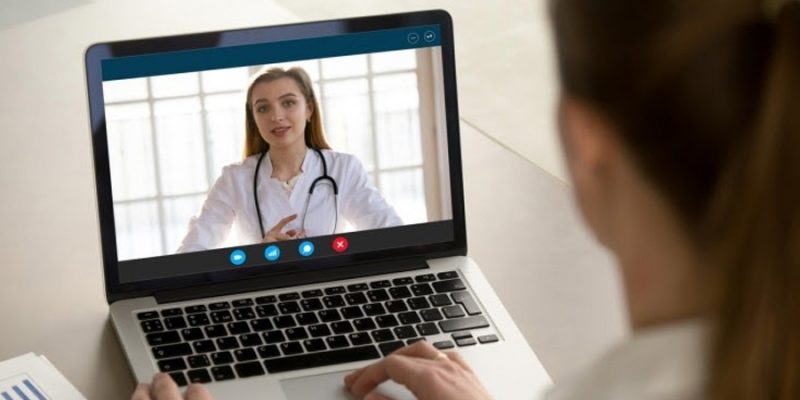
Let’s find out how Remote patient monitoring technology is connecting patients to healthcare in 2022
As a result of the digital transformation brought about by Covid-19, we have witnessed rapid advancements that have significantly improved the manner in which care is being provided. Technology has always played an important role in healthcare. The sector is finally seeing a rush of new technologies not only being developed but also meaningfully implemented in clinical, administrative, and operational applications—and across various types of organizations—to address many of the issues that have long afflicted the sector. This comes after years of lagging behind other industries.
Patients also wanted to be more involved in their healthcare decisions because of the pandemic. Patients generally have better health outcomes and are more satisfied with the care they receive when they are more involved in their healthcare journeys. Digital health is supporting patient involvement and driving more innovations that have the potential to transform the patient experience as a result of these industry shifts coming together.
RPM
Remote patient monitoring, or RPM, is perhaps the most obvious way that technology is connecting patients. RPM is a growing healthcare tool that lets patients keep track of their biometric data from home. It can be as simple as keeping track of how many steps you take on an Apple Watch or as sophisticated as ingestible digital pills that allow patients to keep track of whether or not they have taken their medications and send that information directly to their doctor. RPM has enormous potential for both interventional and preventive healthcare, despite its widespread use for chronic condition monitoring.
Technology for Precision Medicine
Precision medicine, also called personalized medicine, is a rapidly developing method in which a patient’s healthcare is tailored to their genetic, environmental, and lifestyle characteristics. In an effort to promote and support precision medicine, numerous new technologies have been developed.
Pre- and Post-Visit Support
Last but not least, technology is also being used to connect patients throughout their entire care journey, not just in the doctor’s office. This includes both before and after the visit. When they are sick, a lot of people look for answers on the internet, but this often leads to patients misdiagnosing themselves. Patients can now access resource hubs that contain information that has been reviewed and approved by their providers thanks to digital front-door technologies. The stress that can come with looking for health information online can be relieved by patients being able to analyze their symptoms and receiving trustworthy information as well as recommendations for the kind of care they should seek.
Humans and technology working together to improve healthcare
Many people believe that technology is the only way forward. They hold the belief that it can only benefit and improve our lives if we embrace technological advancements and remain at the forefront. The partnership between humans and technology has the potential to reap enormous benefits if we adhere to the rule of “two steps ahead of it.”
Conclusion
The way healthcare is provided and received has been significantly altered and enhanced by these healthcare innovations. Technology has made it possible for patients to be more involved in their healthcare journeys by concentrating on their requirements, ultimately leading to improved health outcomes. Modern technology should be considered for use in healthcare facilities in order to enhance patient experiences.



















